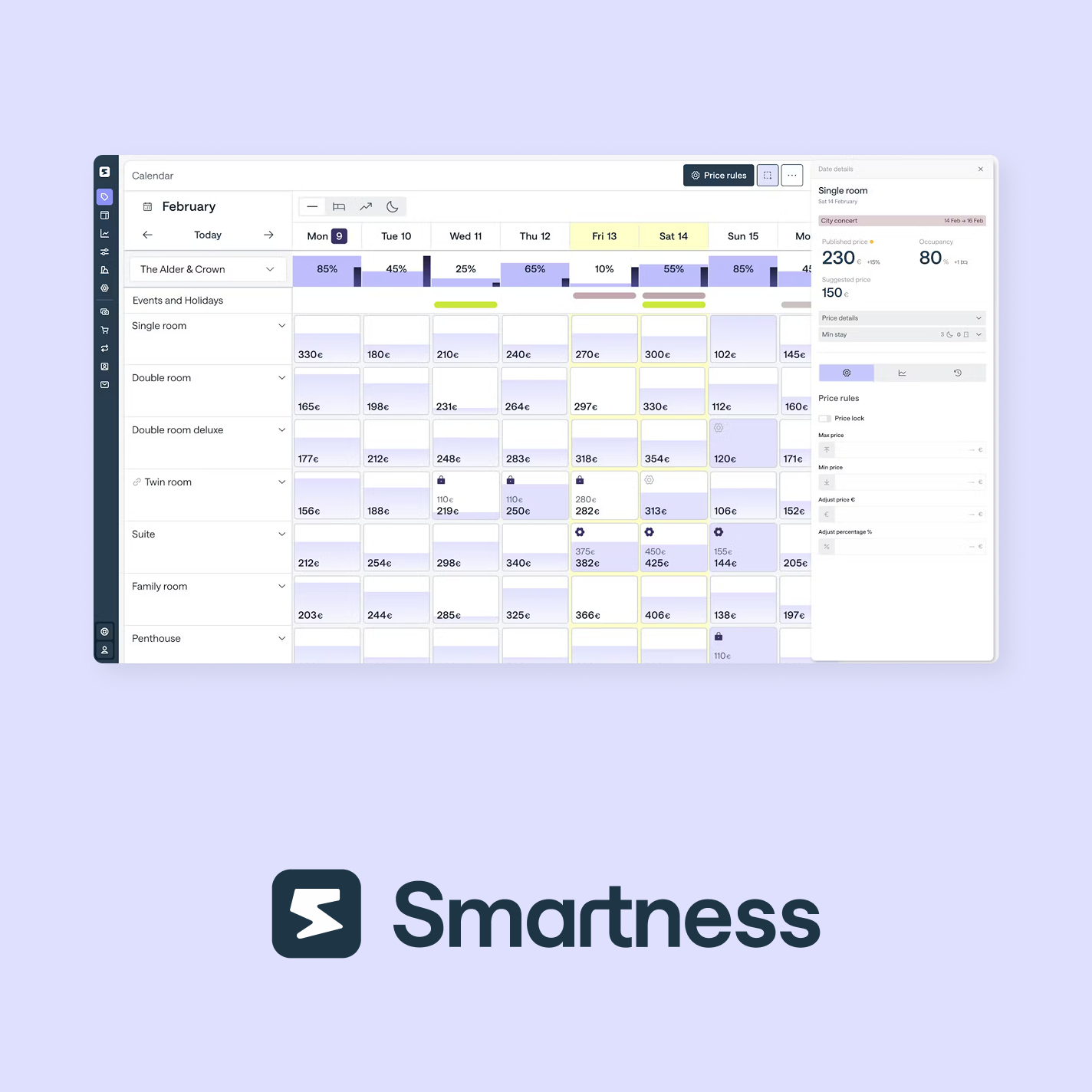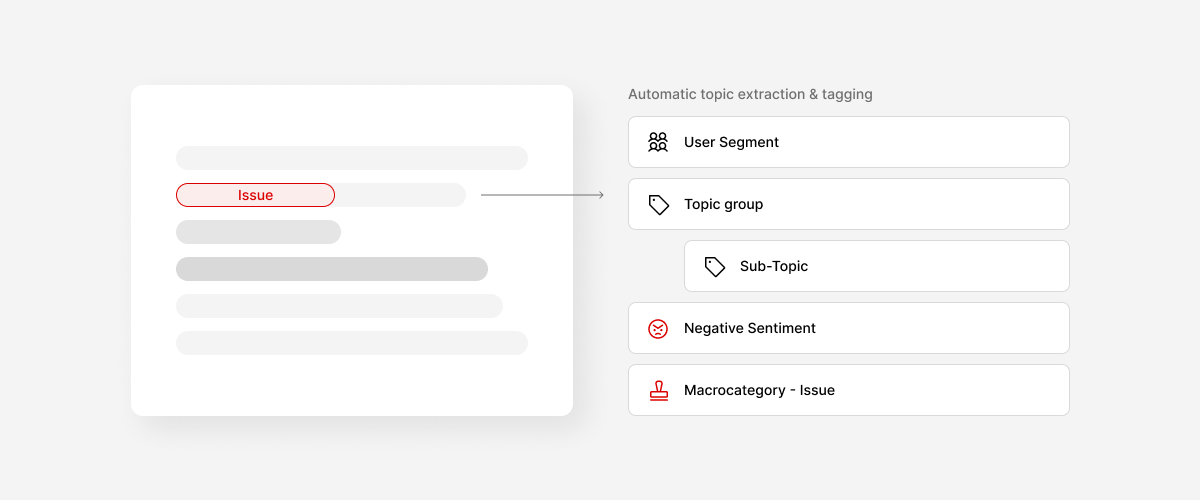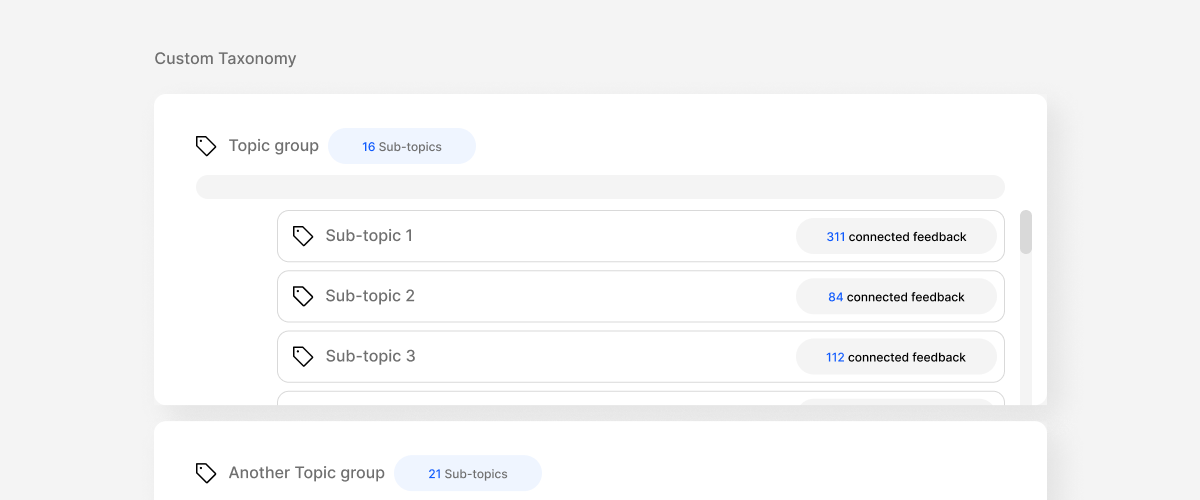Setting Your Sights on Success: A Guide to OKRs in Product Management
Ever felt lost in the sea of tasks, unsure if your work aligns with the bigger picture? Objectives and Key Results (OKRs) offer a solution, providing a clear roadmap for both teams and organizations.
What are OKRs?
Imagine a bridge connecting your day-to-day tasks to the company's ambitious goals. That's the essence of OKRs. They translate high-level aspirations into actionable steps, ensuring everyone is focused on the same destination.
Why Use OKRs?
Popularized by Google, OKRs have become a powerful tool for:
- Maintaining focus: Keep teams and organizations laser-focused on what truly matters, preventing them from getting sidetracked.
- Enhancing transparency: Foster an open environment where progress is easily tracked and communicated.
- Promoting alignment: Ensure everyone, from leaders to individual contributors, understands how their work contributes to the broader goals.
Setting Clear Objectives and Key Results
OKRs are typically set at both the company and team levels. In product management, a cross-functional group (often called the "triad" or "trio") comprising product management, engineering, and design collaborates to define OKRs.
Objectives:
- Ambitious and inspiring: Objectives should be "reach goals" that excite and motivate the team, even if they seem a bit daunting.
- Qualitative statements: Briefly describe the desired outcome in qualitative terms.
Key Results:
- Measurable: Define clear metrics to track progress towards the objective.
- Time-bound: Set specific deadlines for achieving each key result.
Example: Building a Beloved Product
Product teams, by their nature, are cross-functional. Their objectives often focus on the impact of the product, the problems it solves, or the level of user adoration it inspires.
Objective: Build the best user experience in the financial services industry.
Key Results:
- Increase user engagement by 20% within the next quarter.
- Achieve a net promoter score (NPS) of 70 within 6 months.
- Double referral rate by the end of the year.
Benefits of using OKRs in Product Management:
The cross-functional nature of OKRs shines when adopted by the entire organization, not just the product team. Here's how:
- Fosters collaboration: Encourages cross-functional partnerships, breaking down silos and promoting teamwork.
- Boosts product-led growth: Aligns everyone around the product, driving user-centric strategies.
- Enhances efficiency: Team cohesion improves with a clear understanding of shared goals.
By embracing OKRs, product managers can navigate the product development journey with greater clarity and purpose, ultimately leading to a higher chance of achieving success.



























